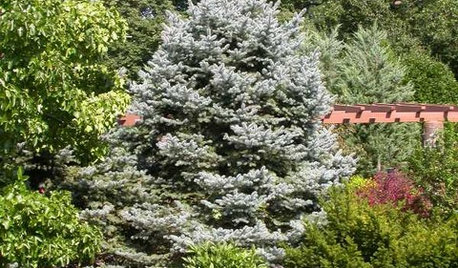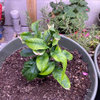Dwarf meyer lemon tree lost all leaves
rosweet
11 years ago
Featured Answer
Comments (25)
johnmerr
11 years agorosweet
11 years agoRelated Professionals
New Bedford Landscape Architects & Landscape Designers · Richmond Heights Landscape Architects & Landscape Designers · Simi Valley Landscape Architects & Landscape Designers · Wilmington Landscape Contractors · Blue Springs Landscape Contractors · Bowie Landscape Contractors · Cicero Landscape Contractors · Emmaus Landscape Contractors · Galveston Landscape Contractors · Golden Gate Landscape Contractors · Ponte Vedra Beach Landscape Contractors · Pueblo West Landscape Contractors · Tavares Landscape Contractors · Wallingford Landscape Contractors · Palos Heights Landscape Contractorsplantgnome
11 years agorhizo_1 (North AL) zone 7
11 years agorosweet
11 years agorosweet
11 years agotimsf
11 years agorosweet
11 years agoredshirtcat
11 years agojohnmerr
11 years agoredshirtcat
11 years agojohnmerr
11 years agomeyermike_1micha
11 years agoredshirtcat
11 years agojohnmerr
11 years agowolfHhowling
10 years agomeyermike_1micha
10 years agojohnmerr
10 years agoponcirusguy6b452xx
10 years agoponcirusguy6b452xx
10 years agoOrangeutang
9 years agoponcirusguy6b452xx
9 years agoTrisha G
7 years agoHU-249617704
2 years ago
Related Stories

GARDENING GUIDESHow to Keep Your Citrus Trees Well Fed and Healthy
Ripe for some citrus fertilizer know-how? This mini guide will help your lemon, orange and grapefruit trees flourish
Full Story
LANDSCAPE DESIGN10 Evergreens for Beautiful Foliage All Year
Give your landscape consistent color and structure with the emeralds, chartreuses and blues of evergreen trees and shrubs
Full Story
FARM YOUR YARDIf You Have Room for Only One Fruit Tree ...
Juice up a small garden with one of these easier-care or worth-the-effort fruit trees for a mild climate
Full Story
EDIBLE GARDENSHow to Grow 10 Favorite Fruit Trees at Home
Plant a mini orchard in fall, winter or early spring to enjoy fresh-off-the-tree fruit the following year
Full Story
EDIBLE GARDENSHow to Add an Apple Tree to Your Edible Garden
Readily available, beautiful and fragrant, apple trees offer four-season interest along with crisp, juicy fruit
Full Story
TREESHow to Buy Healthy Trees and Shrubs
A healthy young plant with a strong form is more likely to do well in your yard. Here’s what to look for at the nursery
Full Story
SIDE YARD IDEASNarrow Trees for Tight Garden Spaces
Boost interest in a side yard or another space-challenged area with the fragrance and color of these columnar trees
Full Story
GARDENING GUIDES5 Best-Behaved Trees to Grace a Patio
Big enough for shade but small enough for easy care, these amiable trees mind their manners in a modest outdoor space
Full Story
GARDENING GUIDESSpring Citrus Care Reaps Months of Sweet Rewards
Learn how to tend citrus trees in spring and ways to preserve their delicious fruit
Full Story
LANDSCAPE DESIGNGreat Design Plant: Retreat to the Shade of Hardy Catalpa
Big foliage and a towering height provide a shady respite in summer, but that's not all hardy catalpa offers dedicated gardeners
Full Story






jean001a